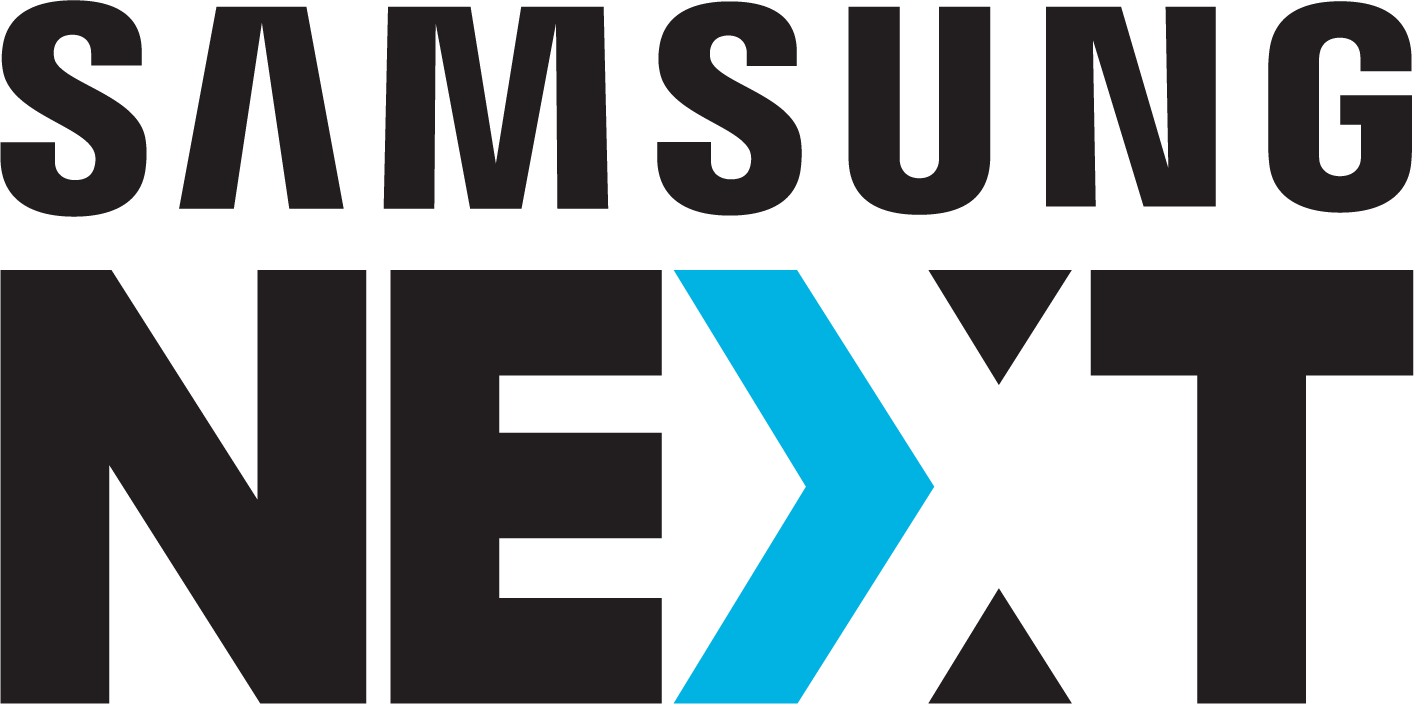Finding your path to market
This video is a part of our ClassroomX educational series on the nuts and bolts of building a startup today. From defining your business model to growth, product strategy, and building your community, these 15 lessons by domain experts aim to equip young founders with crucial insights to transform their early-stage products into viable businesses.
How to find your path to market
For most startup founders, the road to success is far from a straight line and rarely well-paved. Finding a profitable path to market often includes many twists and turns, and founders are constantly faced with tough choices about revenue streams, product offerings, and overall business infrastructure.
What you'll learn from this lesson:
Build a sustainable revenue stream
"The startup world is a violent collision of ideas," Scott observed. "Nothing is ever going to go correctly or as planned and most of the time you'll have to find a path around different obstacles."
In over three decades in business development and innovation at companies like Microsoft, Cisco, and Hewlett-Packard, Scott has personal experience in helping startups develop strategies for profitability.
Know your customer's needs
"A sustainable revenue stream is very difficult to find," says Scott. "The number one question I always ask founders and entrepreneurs is: Do you know your customers?"
Of course, turning a profit requires more than just the name, job title, and company a potential customer works for. Founders should understand their customers, what's important to them, and what key problem they're helping to solve.
"I always ask 'who owns the number?'" says Scott. "That means that as an entrepreneur we're trying to solve someone's problem, and that problem has to be measured in some way. We have to understand who owns the problem and how they measure success."
Whether it's a sales director who needs to increase revenue by 200 percent to meet a quota or a CEO who has to raise his company's stock price by 5 percent, knowing the number and who owns it helps founders determine what levers they can adjust to help their customers succeed.
Formulate a pricing strategy
Knowing your customers is also helpful in formulating a pricing strategy. "I ask founders 'Are you charging appropriately for the value you're creating?'" says Scott. "Let's say your software platform helps a company increase revenue by $100 million this year and you're charging them $1200 annually to use the product. Is that a fair exchange of value?"
When it comes to pricing, instead of strictly focusing on the technology you provide, it's important to emphasize the benefit of the problem you're solving for your customers. "When you understand what's keeping them awake at night, you can have an authentic conversation about what value you can contribute to take that pain away, and therefore what's the appropriate price to charge."
Understand your target market
"More than three-quarters vendors to understand — and meet — their expectations. But surveys conducted by accounting firms regularly tell us that very few do," Scott says.
He thinks the primary reason companies fail to understand their target market is that too many startups are in a mad dash to win any and every customer — without slowing down to think about whether or not these customers will be good for the business long-term.
"Discrimination, in this case, is a good word," Scott says. "Not all customers are created equal, and you want to focus on the best ones. Finding the path to the right customers is one of the most important lessons an entrepreneur can learn."
Know your time horizon
When evaluating potential customers, Scott recommends focusing on tackling problems with solutions on the immediate horizon. "Enterprise businesses typically think in terms of horizons," he says. "Horizon one issues are immediate needs. Horizon two are things to be fixed in maybe three to five years. And horizon three anything beyond that. You want to focus on solving horizon one problems for business teams."
Finally, Scott recommends that you never undervalue your products or services just to win customers. "If you do nothing more after today, raise your prices," he says. "Yes, you will lose some customers, but the good ones will appreciate the value you create and be willing to pay because you're worth it."
